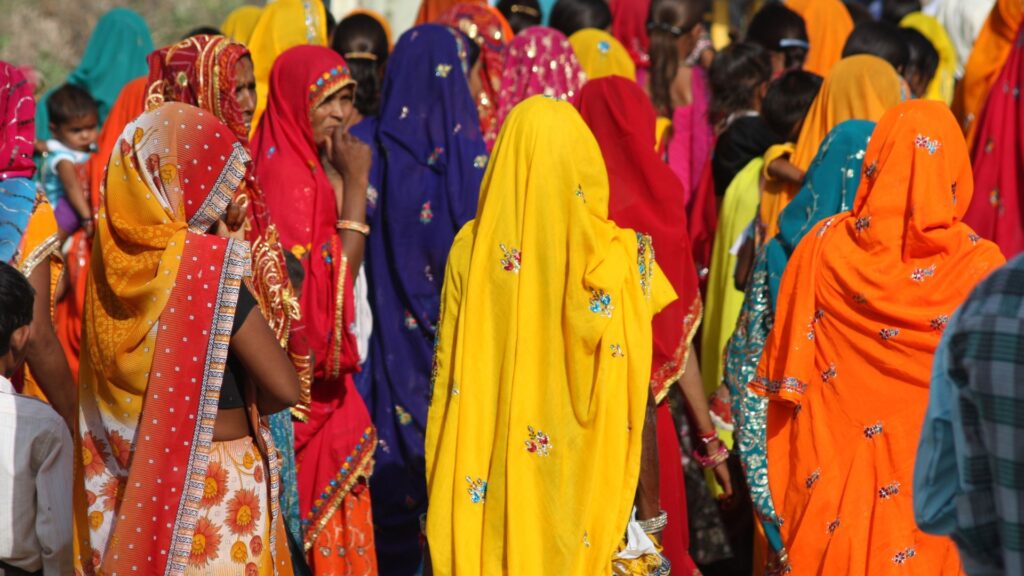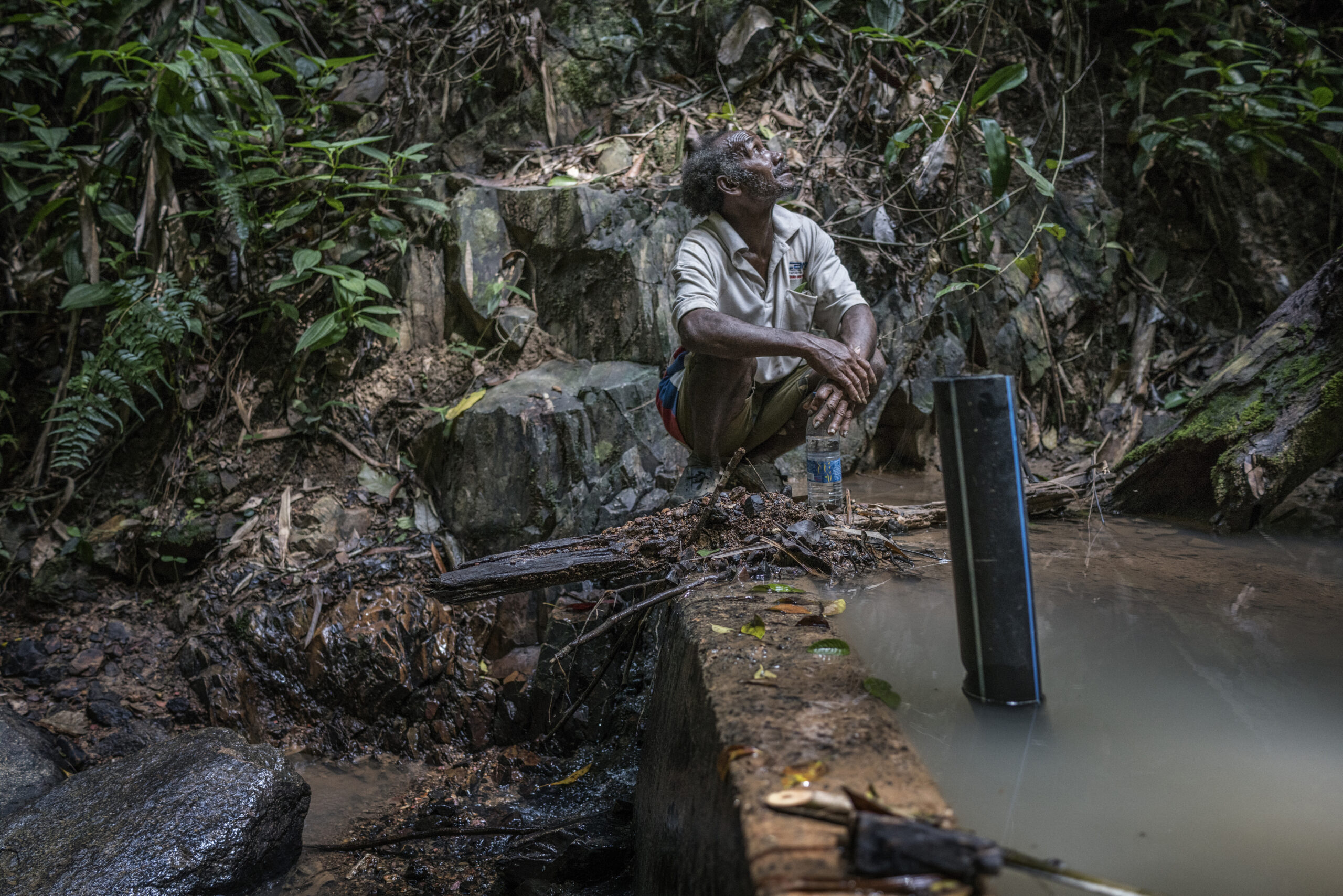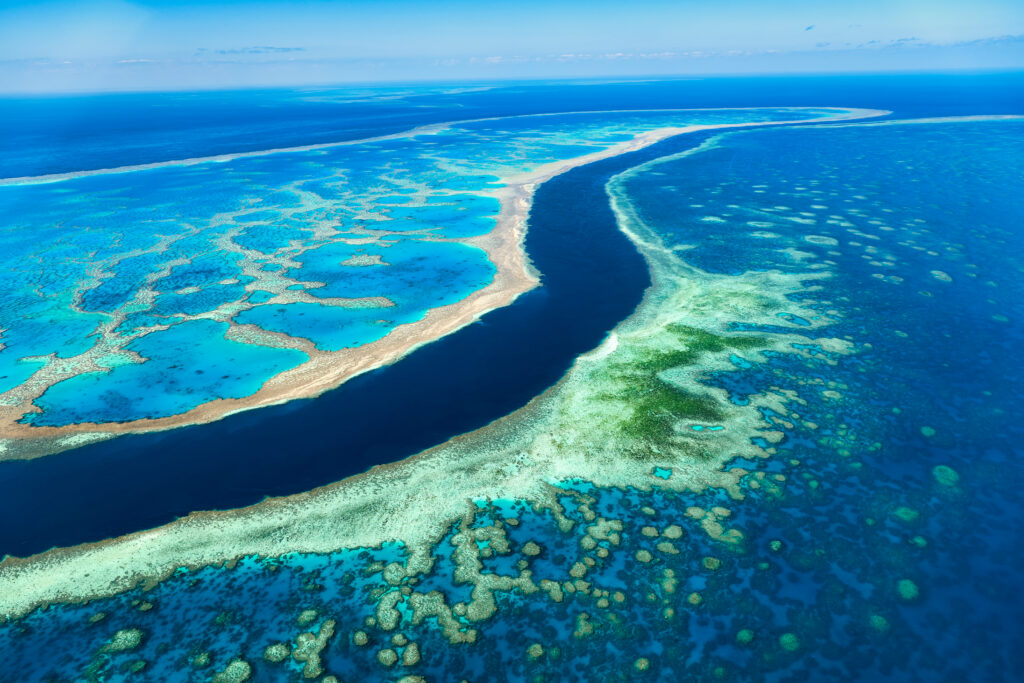As our planet heats due to climate change, extreme weather events such as heatwaves, typhoons and floods are becoming more frequent and severe. Until recently, it was difficult to say how much climate change had contributed to a particular flood, heatwave or storm. That has changed with the rise of attribution science, which uses climate models and observational data to measure how human-induced climate change makes events more likely and intense.
Extreme Weather Event Attribution
The first study of this kind, “Human contribution to the European heatwave of 2003”, was published in Nature in 2004. Since then, hundreds of studies have shown not only that climate change is driving more extreme events, but more recently, that the emissions of individual fossil fuel companies can be tied directly to them. As climate impacts continue to worsen, with consequences for every community and nation worldwide, attribution scientists are advancing models to identify accountability, responsibility and justice for the damages caused.
What Is Attribution Science?
“Attribution science has transformed our understanding of climate impacts by showing how global warming alters the likelihood and intensity of extreme weather,” Dr. Davide Faranda, CNRS research director and leader of Climameter, explains.
Types of Climate Change Attribution Science
There are three main types of climate attribution science. One is event attribution, which quantifies how much climate change increased the likelihood or severity of specific weather events, such as a heatwave, flood, or storm. Trend attribution examines long-term shifts, such as rising sea levels, melting glaciers or changes in rainfall patterns. Emitter attribution connects the emissions of specific companies or countries to measurable climate impacts.
Organisations publishing these studies include groups like World Weather Attribution (WWA), established in 2014 to provide rapid-response studies on the climate change impacts on extreme events. Over the past decade, the group has identified numerous extreme events that have been made more intense or likely due to climate change, including Pakistan’s devastating floods in 2022 and deadly heatwaves occurring each of the past three years.
Climate Central is another key organisation that uses attribution science to demonstrate the impact of human caused climate change on daily temperatures worldwide. Its Climate Shift Index pinpoints, in real time, whether a given day’s heat was made more likely by global warming, translating complex science into an accessible, local measure of climate change.
Climate Attribution Science Puts Big Polluters Under the Spotlight
Attribution studies are emerging as a valuable tool, increasingly used by litigators, communities and policymakers as a scientific means to evidence the accountability and liability of climate change impacts, thereby leveraging accountability and promoting positive change.
A first-of-its-kind study published in Nature in 2025 found that climate change increased both the intensity and probability of every single major heatwave globally so far this century. Of these, 55 were made at least 10,000 times more likely, or would have been virtually impossible without the influence of climate change.
Crucially, the study also directly connected these events to the world’s biggest polluters, utilising extreme attribution science. The emissions of the top 14 fossil fuel companies, including Saudi Aramco, Gazprom, ExxonMobil, Chevron, BP and Shell, were each enough on their own to cause more than 50 of the heatwaves studied. “This research is an important step towards accountability. It shows once again that dangerous changes in weather events can be directly linked to emissions from individual fossil fuel companies,” said Dr. Friederike Otto of Imperial College London and cofounder of WWA.
Attribution Science in the Courts
This science has already taken centre stage in courts, notably the case of Luciano Lliuya v. RWE AG. Luciano, a farmer in Peru, brought a claim against the German utility giant, arguing that its emissions contributed to glacial melt threatening his town and 50,000 inhabitants. Crucially, attribution science was used to quantify RWE’s share of global emissions and link it to climate risk. The court allowed the case to proceed, recognising that a single company could be held partially responsible for climate damages. The ruling set a “powerful precedent,” said Dr Otto. “Carbon majors can be held liable for climate impacts.”
Cases such as Lliuya’s are widely expected to be further bolstered by the International Court of Justice’s (ICJ) July advisory opinion, which confirmed that states, and by extension corporations, have binding legal obligations to prevent and remedy climate harms. Notably, the ruling made a clear link between fossil fuels and worsening climate change impacts that imperil “all forms of life”. The opinion means that the ICJ deems that fossil fuel production may be an internationally wrongful act that entitles victims to reparations. The ruling is expected to be cited in climate litigation cases worldwide, “showing international law is at long last catching up with climate science on fossil fuels,” said experts.
Climate Science for Justice
Attribution science will only become more important in our data-driven world, particularly as millions continue to suffer increasingly damaging climate shocks. While extreme event attribution is well-developed for temperature rises and heat waves, such as this year’s Nature study, other impacts are harder to connect directly to individual emitters. But the researchers note that their framework could be extended beyond heatwaves to other climate impacts, including ocean acidification, sea-level rise, wildfires and droughts.
The implications for accountability are significant, as Richard Heede, director of Climate Accountability Institute, explained. “Companies will surely take notice that they may be asked to compensate the individuals and communities harmed by heatwaves — or floods, rising seas, wind damage, droughts and fires — made significantly worse by the carbon fuels they have and continue to put into global commerce.” As attribution science continues to spotlight the direct role of major polluters in driving climate harms, it opens new avenues for justice and compensation for those most affected.
Evelyn Smail
Writer, United Kingdom
Evelyn is a freelance writer and journalist specialising in climate science and policy, the just energy transition and the human impacts of climate change. She writes for independent publications, NGOs and environmental organisations. Evelyn has a background in sustainable development, climate justice and human rights.
Evelyn is a freelance writer and journalist specialising in climate science and policy, the just energy transition and the human impacts of climate change. She writes for independent publications, NGOs and environmental organisations. Evelyn has a background in sustainable development, climate justice and human rights.

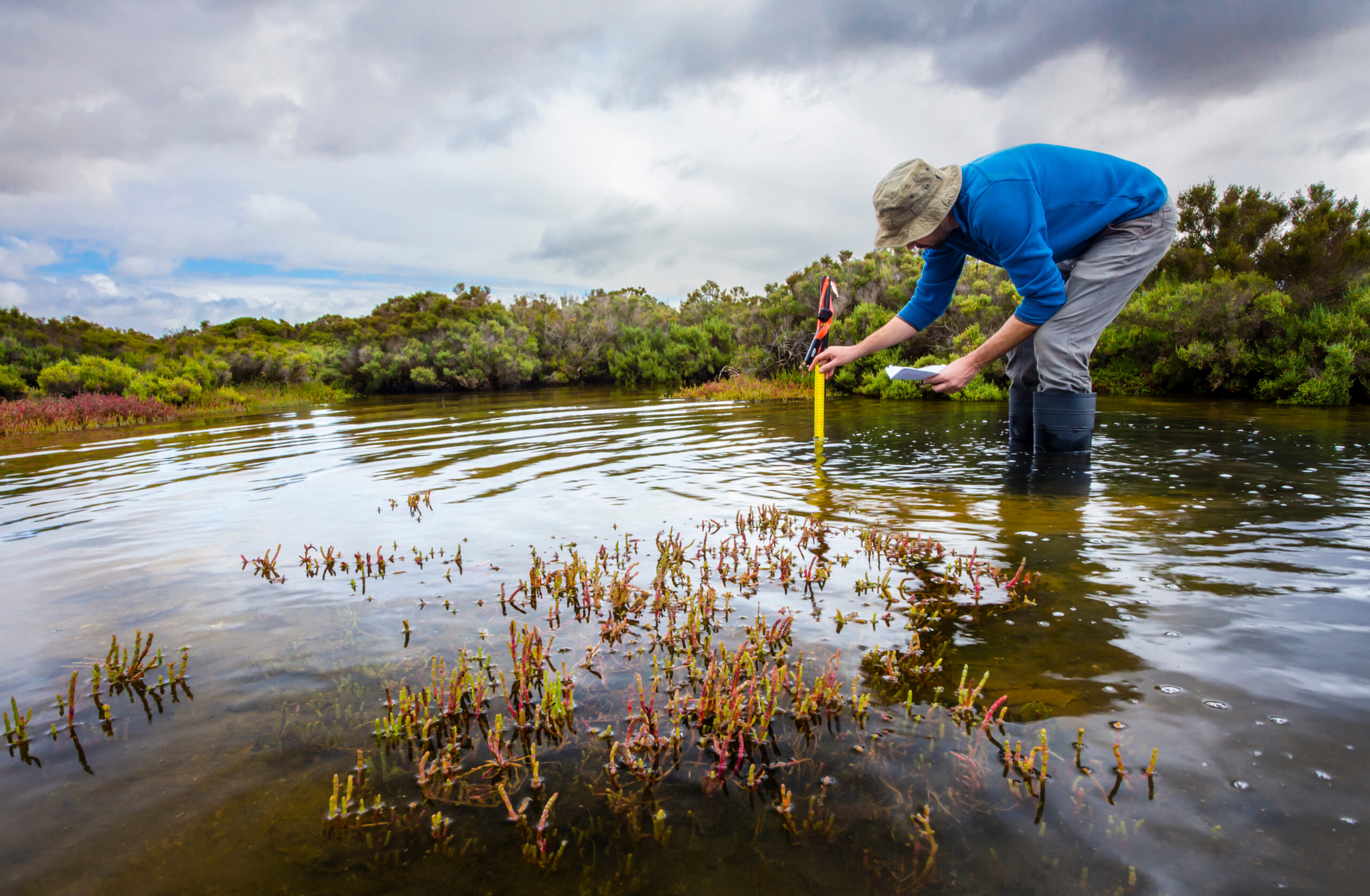

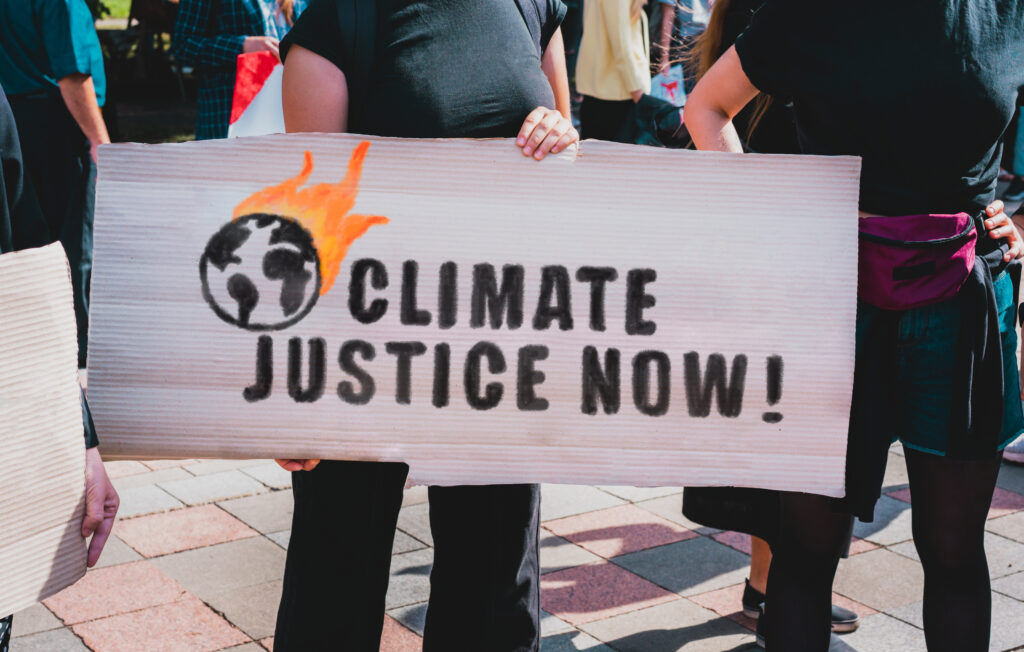
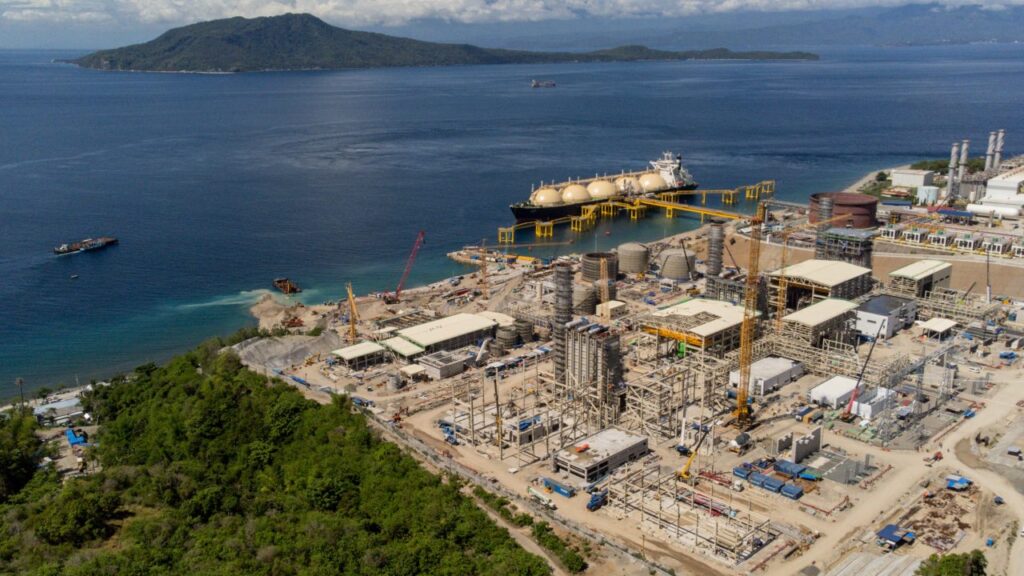
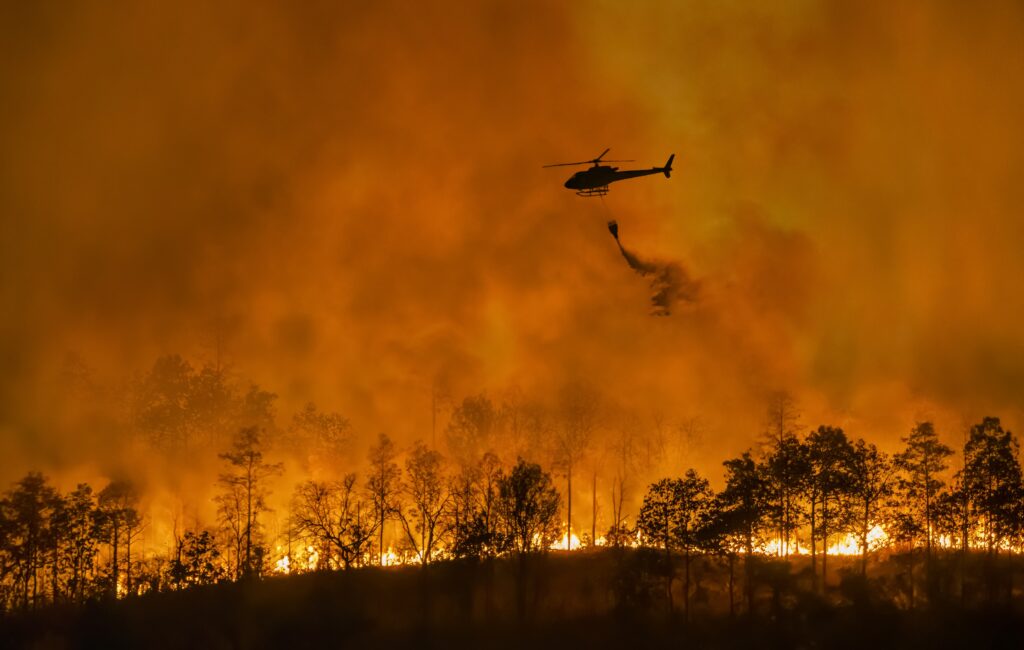
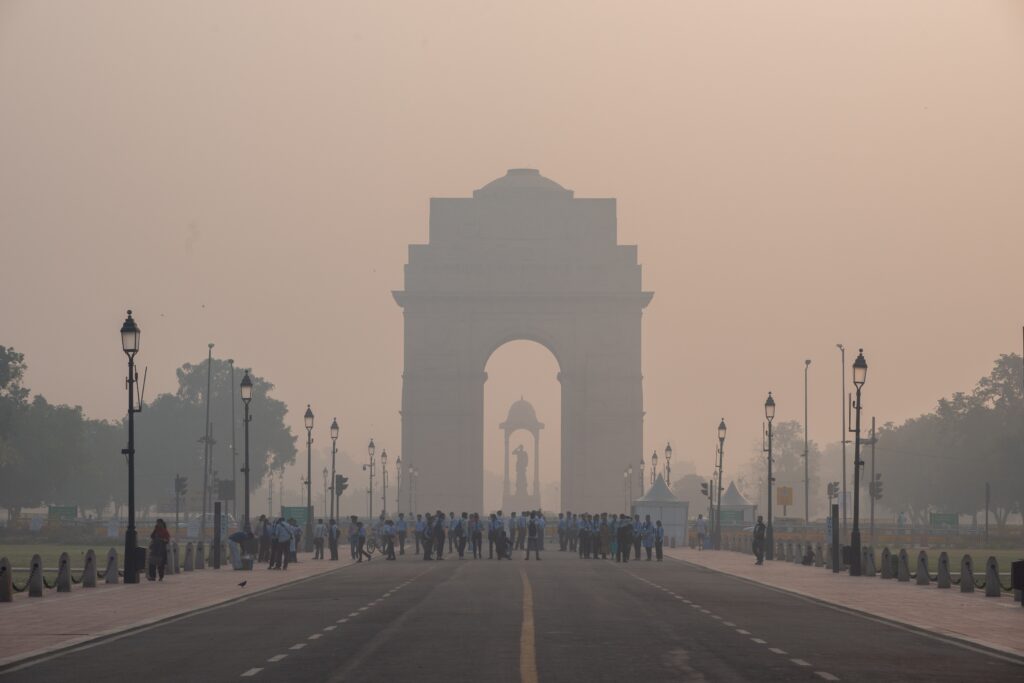
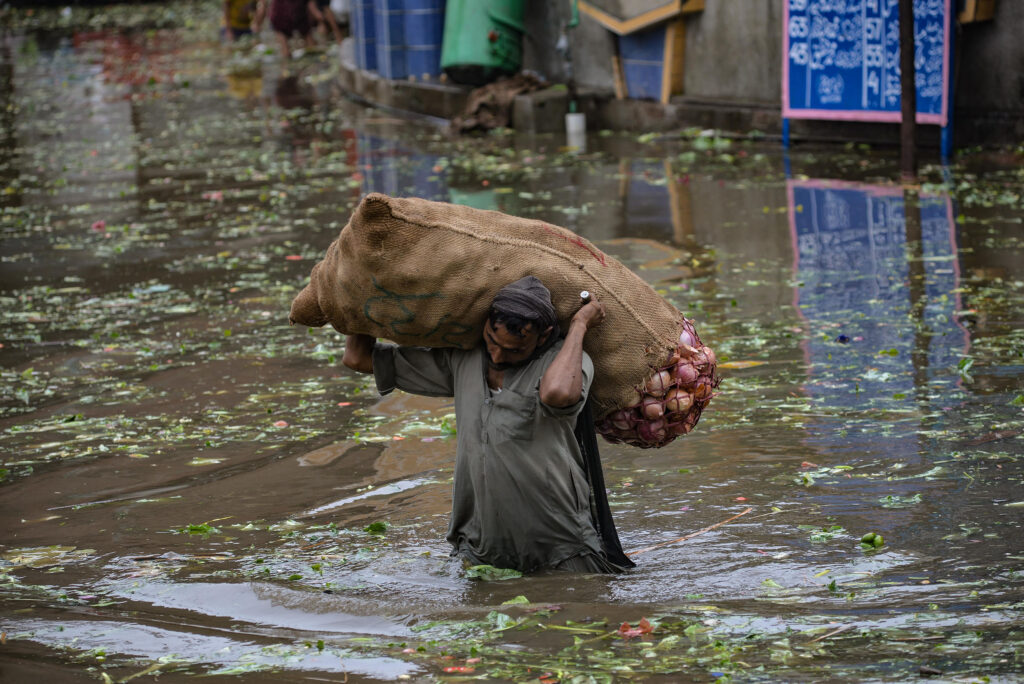



![Climate Change is Drowning Bangladesh — Where is the Finance to Stop It? [Op-Ed]](https://www.climateimpactstracker.com/wp-content/uploads/2025/05/shutterstock_2303245709-1024x603.jpg)
